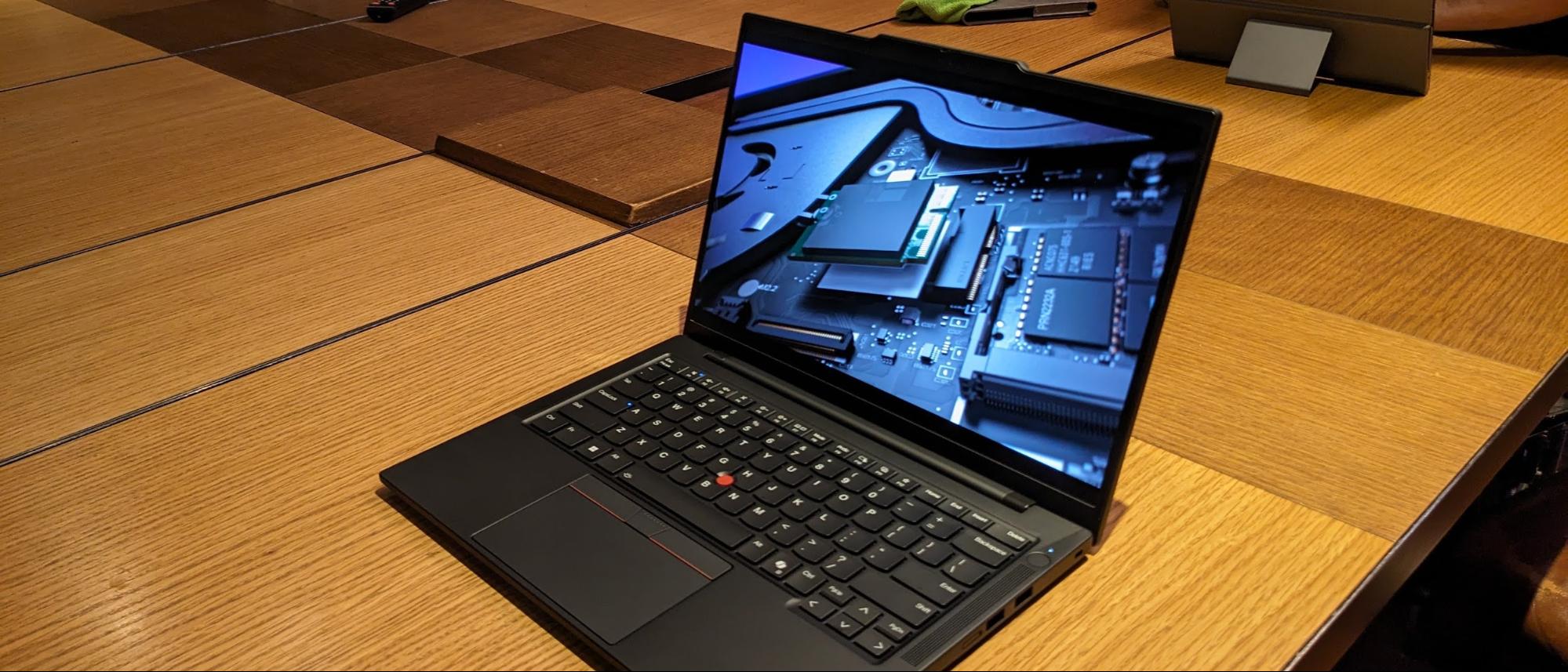
At today's Windows and devices event, partner OEMs opened the floodgates for new thin and light laptops using Qualcomm's Snapdragon X family of Arm processors. While Qualcomm has released Arm chips in the past, running Windows on Arm, this is the first time it has hardware that is truly powerful enough to take on current-generation mobile chips from Intel, AMD, and even Apple.
Not only does the new Snapdragon X family seem to offer compelling performance and efficiency coupled with long runtimes, but it also features a powerful Hexagon Neural Processing Unit (NPU) that is the focal point of the Windows 11 AI revolution and is capable of 45 TOPS compute. The NPU can efficiently process tasks such as image editing, text-to-image generation, and text creation on-device without the need for the cloud.
Before we get into the specifics about the new laptops that have been announced, let’s first give you a brief specs overview of the Snapdragon X Elite and Snapdragon X Plus chips that power these machines. You can read our comprehensive overview of the new Arm processor family for more details.
Qualcomm Snapdragon X Series Platform Specs
So far, we've seen new introductions from some of the industry's biggest names, including Acer, Dell, Hewlett-Packard, and Lenovo.
Acer Swift 14 AI
Acer joins the fray with the Swift 14 AI, which is available with either the flagship Snapdragon X Elite or the less-powerful Snapdragon X Plus. The former features a 12-core CPU, while the latter has 10 CPU cores. No matter which chip variant you select, you get a 3.4GHz operating frequency and the full 45 TOPS Hexagon NPU. Up to 32GB of LPDDR5x memory can be configured, along with up to a 1TB SSD.
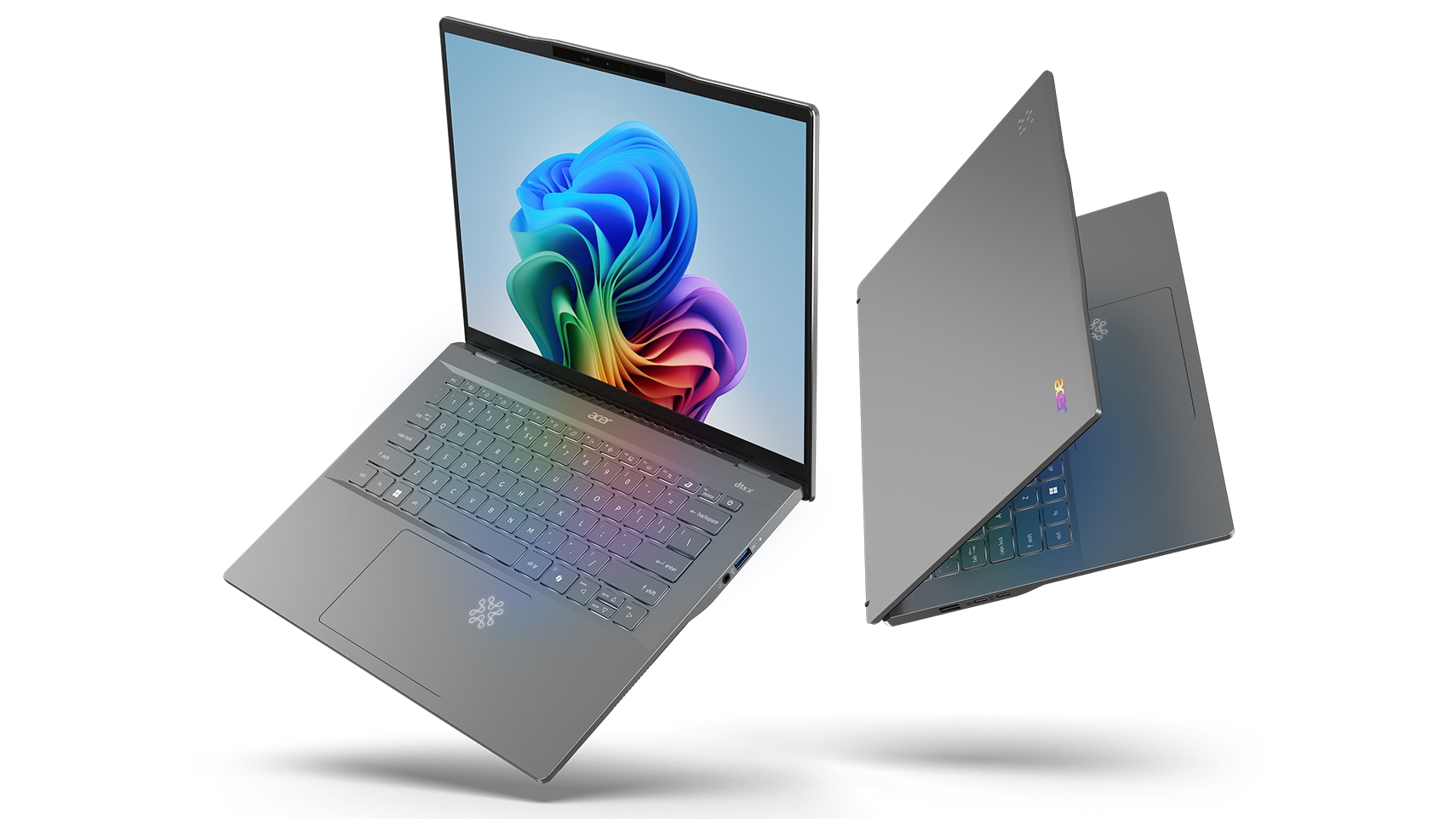
The Swift 14 AI features a 14.5-inch 2560 x 1600 IPS display with a 120 Hz refresh rate and 100 percent coverage of sRGB (a touch panel is optional). Acer also points out that the laptop features an easy-to-open lid and a 180-degree hinge design. If 1080p resolution is up to your videoconferencing standards, then note that the Swift 14 AI features a 1440p webcam with IR support and a privacy shutter.
On the connectivity front, there are two USB-C, two USB-A ports, and HDMI 1.4. For your wireless needs, you'll find Wi-Fi 7 and Bluetooth 5.4. Power comes from a 73 WHr battery, rated for up to 12 hours.
Despite its 14.5-inch class size, the Swift 14 AI is a bit on the chunky side at 3.7 pounds. Its dimensions are 12.70 x 8.90 x 0.63 inches.
Acer intends to launch the Swift 14 AI in the United States this June, with prices starting at $1,099.
Lenovo Yoga Slim 7x 14 Gen 9 and ThinkPad 14s Gen 6
Next, we have the Yoga Slim 7x 14 Gen 9 from the Lenovo camp. Manufacturers often talk about "all-day" battery life with their thin and light notebooks, but Lenovo claims that the Yoga Slim 7x extends that to "multi-day battery life." The efficient Snapdragon X Elite processor is paired with up to 32GB of LPDDR5x and includes a 70 WHr battery to enable this long endurance.
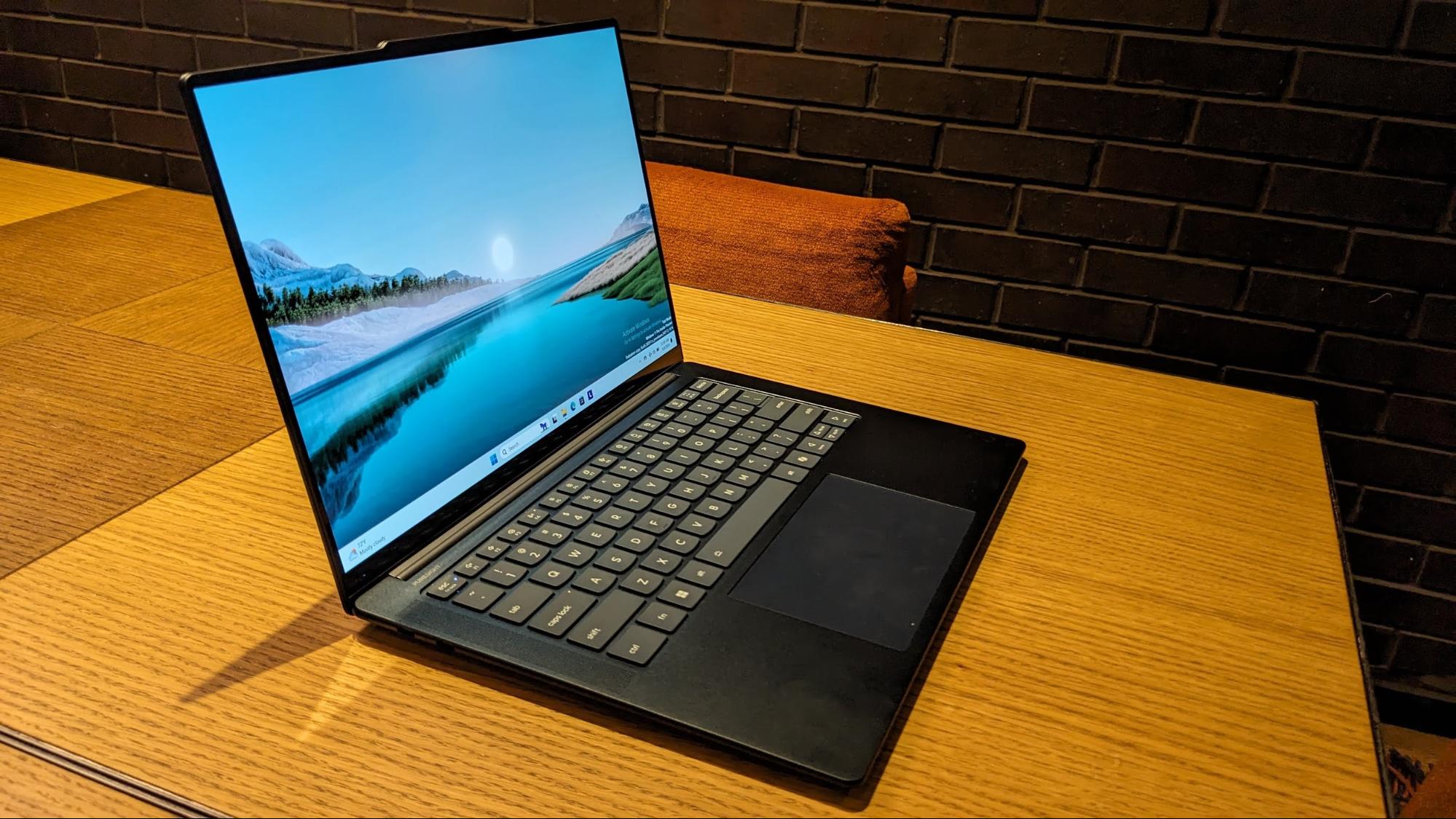
Your "window" into the computing world is through a 14.5-inch PureSight OLED panel with a 90Hz refresh rate and a 2944 x 1840 resolution. Lenovo says you'll get 100% coverage of sRGB and the P3 color gamuts. Other features include a 1080p webcam with IR support for Windows Hello and a four-speaker audio system.
The Yoga Slim 7x 14 Gen 9 can be configured with up to 1TB of storage. It also has three USB-C ports (40 Gbps with DisplayPort 1.4 support), Wi-Fi 7 networking onboard, and Bluetooth 5.3 support.
The Yoga Slim 7x 14 Gen 9 weighs 2.82 pounds and measures 12.80 x 8.86 x 0.51 inches. For reference, a 15-inch MacBook Air weighs 3.3 pounds and measures 13.40 x 9.35 x 0.45 inches. The 15-inch MacBook Air also comes with a slightly smaller 66.5 WHr battery.
The ThinkPad T14s Gen 6 joins the Yoga Slim 7x in the Snapdragon X Elite arena but is specifically geared toward business customers. As a result, the laptop supports up to 64GB of LPDDR5x memory and supports the latest Wi-Fi 7 standard (along with Bluetooth 5.3). In addition, you can opt for a 5G modem if you need access when you're out in the field away from Wi-Fi hotspots. Despite a smaller (compared to the Yoga Slim 7x) 58 WHr battery, Lenovo still claims the ThinkPad T14s Gen 6 can achieve multi-day battery life.
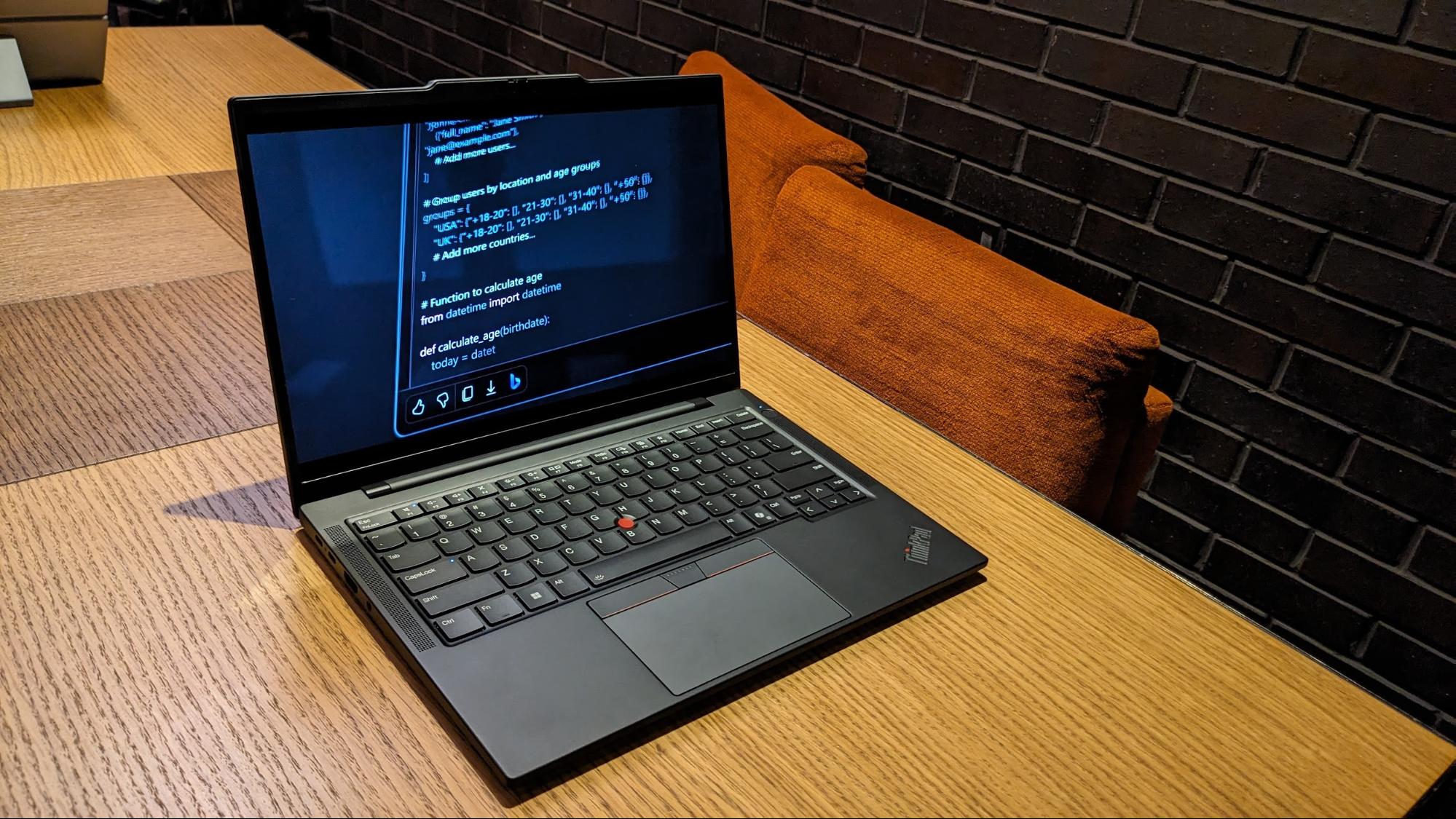
Lenovo provides three display options with the ThinkPad T14s Gen 6: the first two are 14-inch 400-nit IPS panels with a 1920 x 1200 resolution, but one supports touch, and the other doesn't. The third option is a 2.8K OLED panel with 100% coverage of DCI-P3 and VESA HDR True Black 500 compliance.
The ThinkPad T14s Gen 6 also changes things up with available features and ports. On the security front, the 1080p webcam on the ThinkPad T14s Gen 6 gains a privacy shutter, and a fingerprint reader is integrated into the power button. It also has only two USB-C ports compared to the Yoga Slim 7x 14 Gen 9's three, but you gain two USB-A ports for legacy devices and an HDMI 2.1 port.
The ThinkPad T14s Gen 6 measures 12.34 x 8.64 x 0.67 inches and weighs 2.72 pounds. Those dimensions line up almost perfectly with those of the ThinkPad T14s Gen 5, which is powered by Intel Core Ultra 5 and Core Ultra 7 processors.
According to Lenovo, the Yoga Slim 7x and ThinkPad T14s Gen 6 will debut next month, priced from $1,199 and $1,699, respectively.
Dell XPS 13, Inspiron 14 Plus, and Latitude 7455
Dell’s lineup of Snapdragon X laptops leaked early last week, so things here should look somewhat familiar. The XPS 13 has a striking design, with a keyboard that goes nearly to the left and right edge of the CNC-machined aluminum chassis (available in Platinum or Graphite). You'll also find the controversial capacitive touch function row above the keyboard, which we discussed in our reviews of the XPS 14 and XPS 16. The haptic touchpad is also seamlessly integrated into the keyboard deck, which is covered in Gorilla Glass 3.
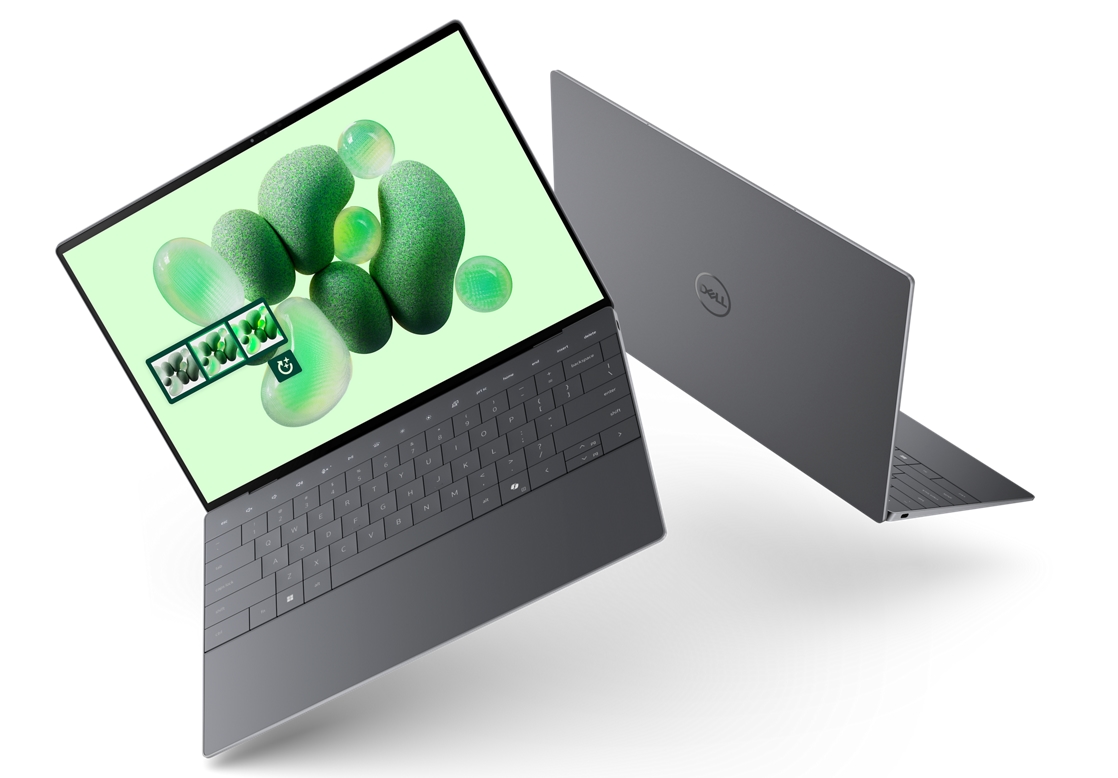
Dell makes the Snapdragon X Elite or the Snapdragon X Plus available, although the latter is only coming to the Chinese market (at least for now). Customers can choose from 16GB, 32GB, or 64GB of dual-channel LPDDR5x memory and 512GB, 1TB, 2TB, or 4TB (later availability) SSDs.
There are three display panel options available. The base option is a 13.4-inch InfinityEdge 1920 x 1200 IPS panel with a 120Hz refresh rate. The middle option is a 2560 x 1600 120Hz IPS panel with touch support, while the premium option is a 2880 x 1800 60Hz OLED panel with touch support. Connectivity comes in the form of dual USB-C ports, Wi-Fi 7, and Bluetooth 5.4. A 55 WHr battery supplies power.
All configurations feature a 55 WHr battery, a 1080p camera with Windows Hello support, and a power button with an integrated fingerprint reader. The system measures 11.62 x 7.84 x 0.58 inches and weighs just 2.6 pounds.
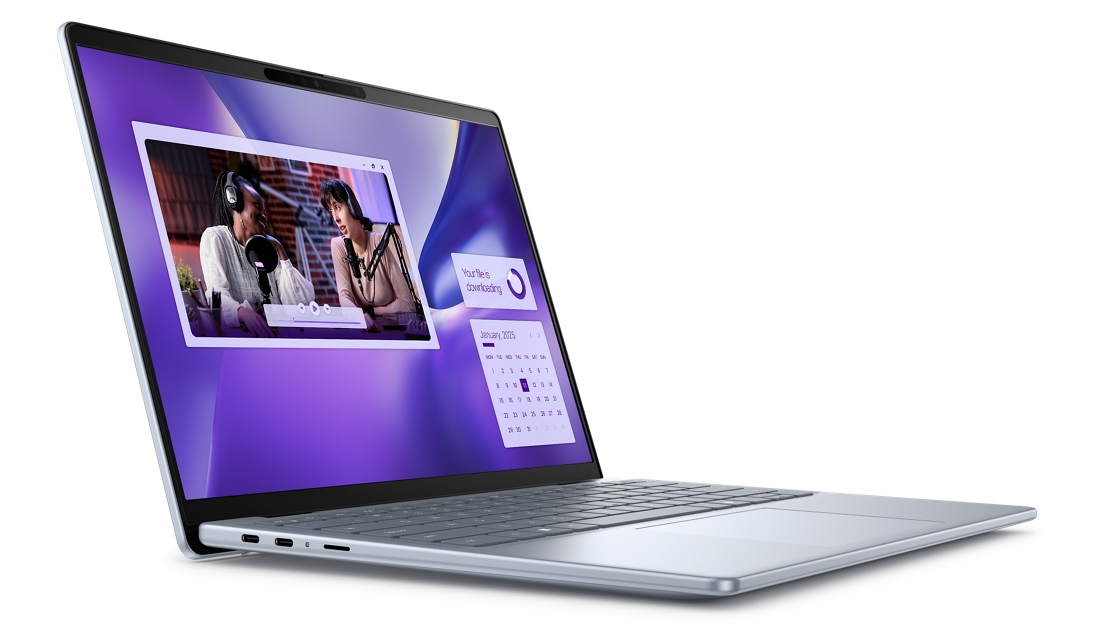
The Inspiron 14 Plus comes exclusively with the Snapdragon X Plus, 16GB LPDDR5x memory, and 512GB/1TB SSD options. You get just one display option: a 14-inch 2560 x 1600 IPS panel with touch and an anti-glare coating. You also get two USB-C ports, one USB-A port, a microSD card reader, a headphone jack, quad speakers, a 1080p IR webcam with privacy shutter, Wi-Fi 7, Bluetooth 5.4, a power button with integrated fingerprint reader, and a 54 WHr battery.
The 3.17-pound Inspiron 14 Plus measures 12.36 x 8.80 x 0.66 inches.
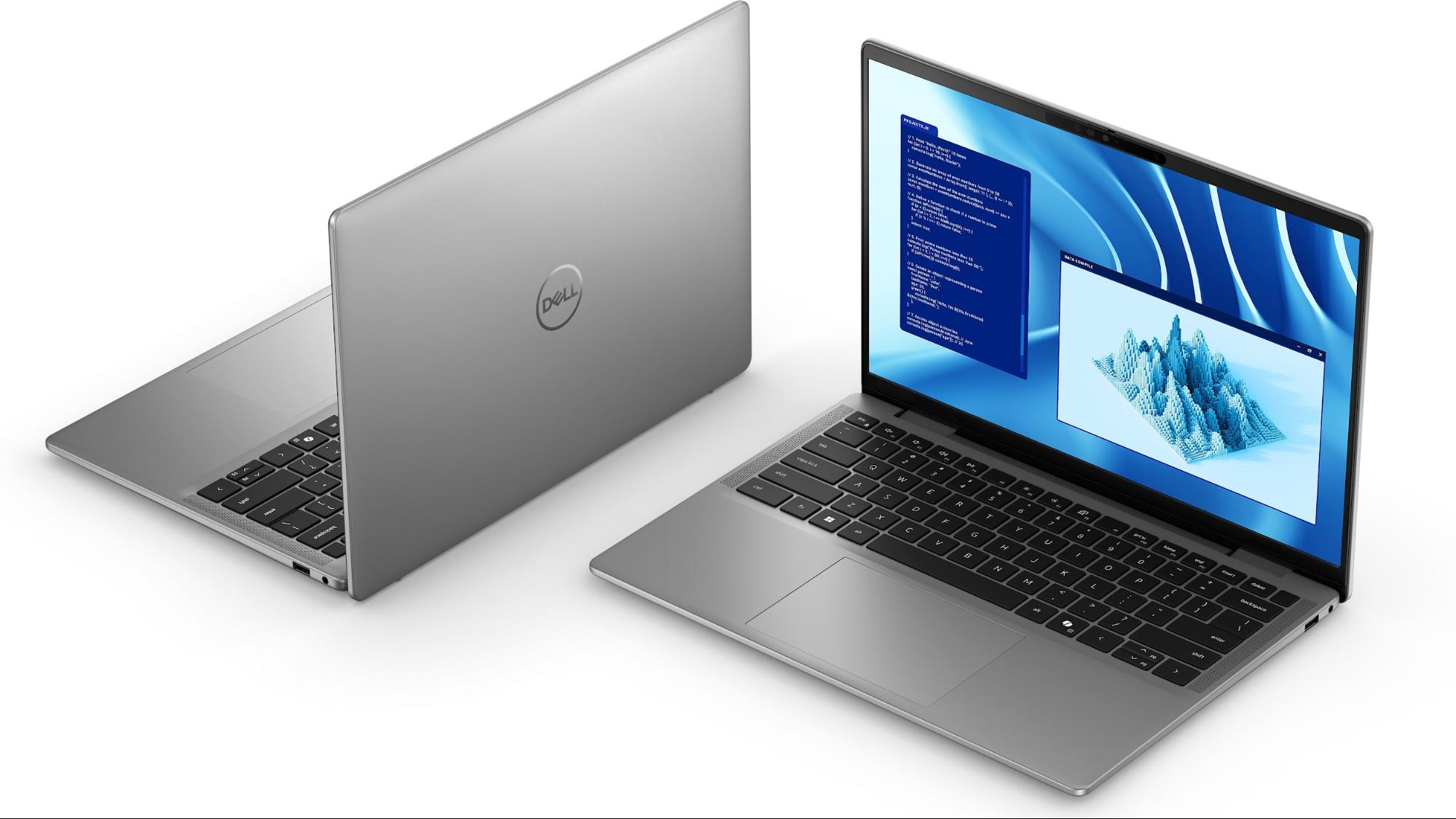
Rounding out Dell's Snapdragon X assault is the Latitude 7455, aimed at business users (Snapdragon X Elite or Snapdragon X Plus with up to 32GB of LPDDR5x). This 14-inch laptop is only available with a 2560 x 1600 IPS display and anti-glare coating.
Up to a 1TB SSD is configurable in the systems, and you'll find a 1080p IR camera, quad speakers, fingerprint reader in the power button, and a 54 WHr battery with ExpressCharge 1.0. Expansion options are plentiful, with two USB-C ports, one USB-A port, a 3.5mm audio jack, and a microSD reader. The Latitude 7455 also has the same footprint and weighs the same as the Inspiron 14 Plus.
The XPS 13 and Inspiron 14 Plus are scheduled to launch "later this year," priced from $1,299 and $1,099, respectively. Pricing and availability aren't yet known for the Latitude 7455.
Hewlett-Packard OmniBook X and EliteBook Ultra
The HP OmniBook X and HP EliteBook Ultra share the same aluminum chassis design, weighing 2.97 pounds, and they measure 12.32 x 8.8 x 0.57 inches. The primary difference is that the latter features a blue finish with a Physical Vapor Deposition (PVD) coating to help resist fingerprints.
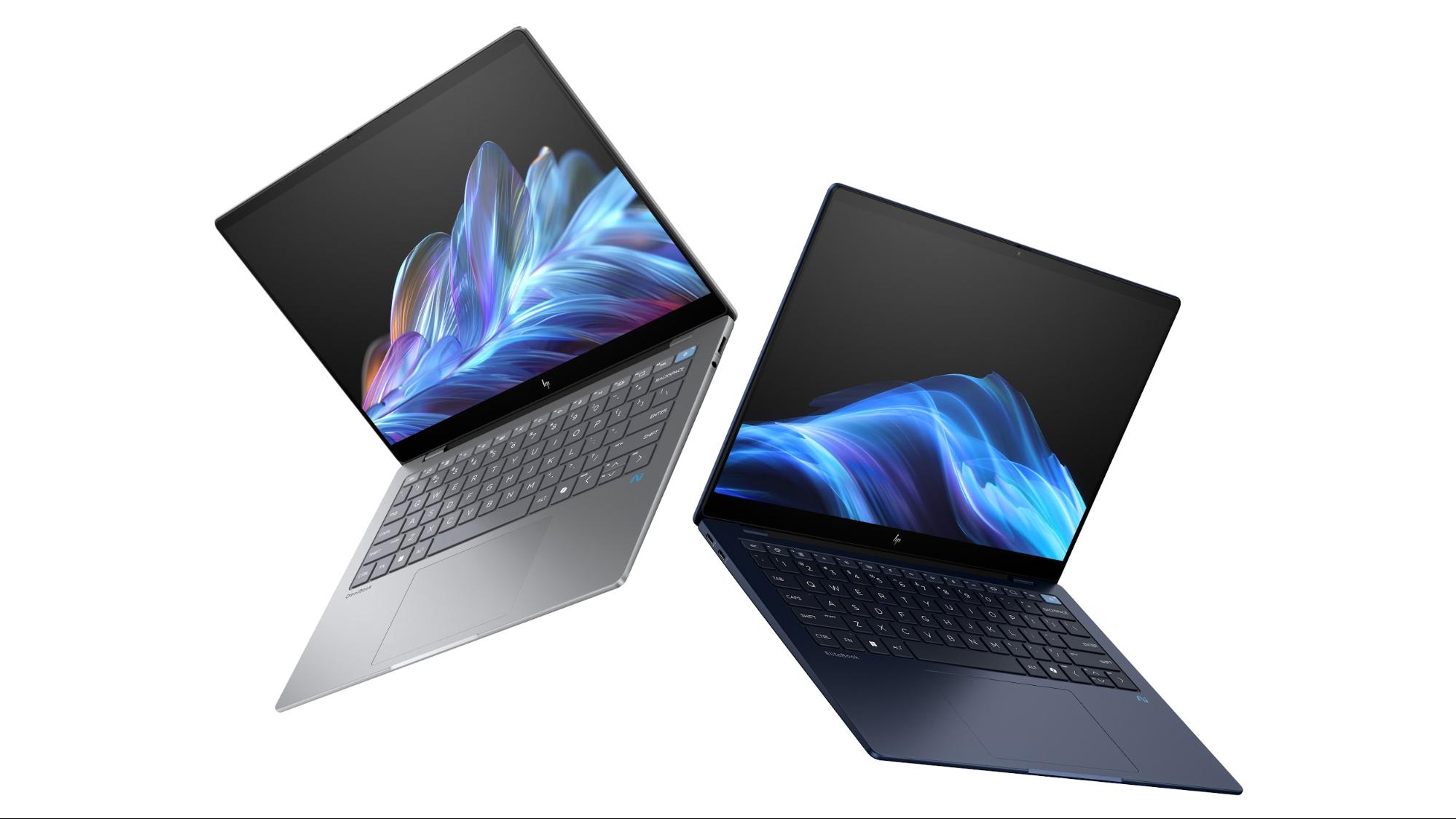
The two laptops each have a Snapdragon X Elite chip, a 14-inch 2240 x 1400 IPS display, support for Wi-Fi 6E/Bluetooth 5.3 or Wi-Fi 7/Bluetooth 5.4, a 1080p webcam with IR, a 59 WHr battery, two USB-C ports, and one USB-A port. The OmniBook X is available with 16GB or 32GB of LPDDR5x and 512GB, 1TB, or 2TB SSD options. The EliteBook Ultra is only available with 16GB of LPDDR5x and a 512GB or 1TB SSD.
HP says that the OmniBook X and EliteBook Ultra will go on sale on June 18, priced from $1,199 and $1,699, respectively.







